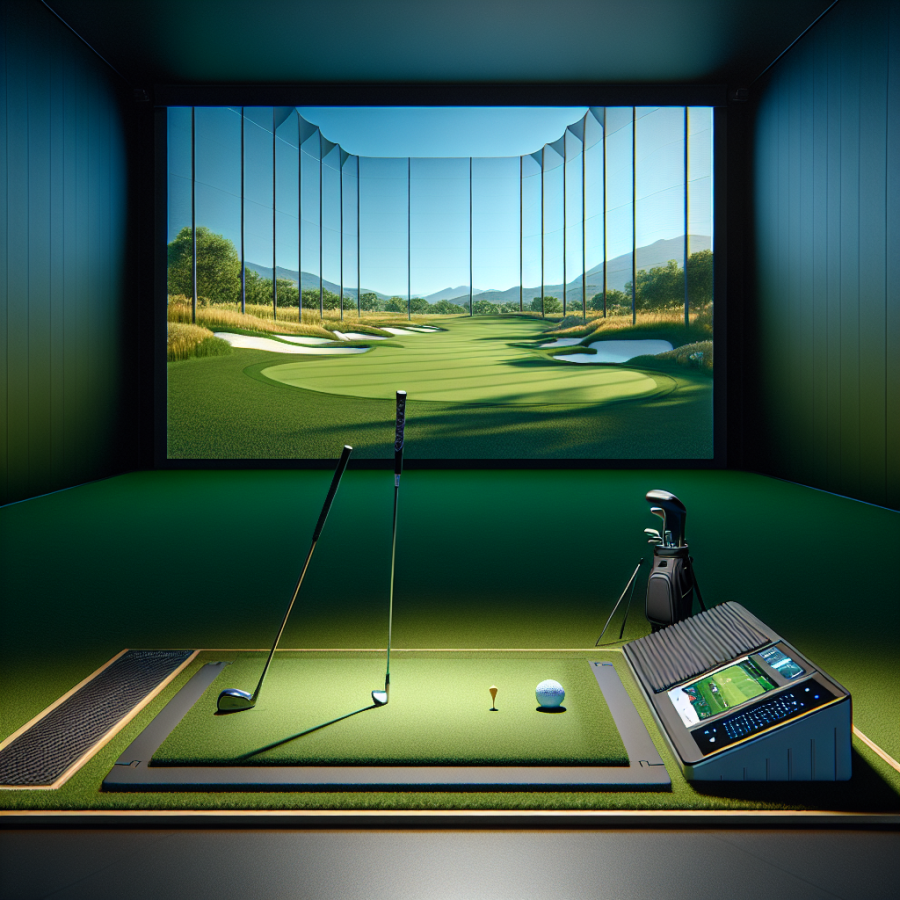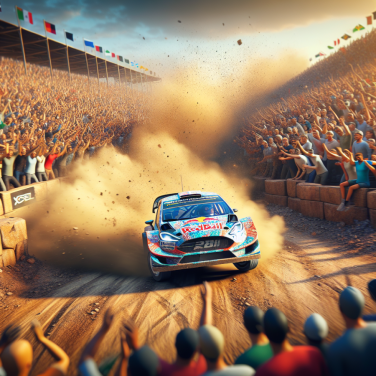Decoding the True Effectiveness of Golf Simulators: An In-Depth Review
Undeniably, technology has radically transformed the way we approach various aspects of our lives, and golf is no exception. The advent of golf simulators has revolutionized the sport, adding an element of convenience, availability, and enhanced learning. However, are these state-of-the-art virtual golf platforms truly effective and accurate representations of the on-course experience? This article delves deep into that question and uncovers some enlightening findings.
Firstly, it is important to understand how a golf simulator works. Using high-speed cameras and infrared sensors, a simulator can replicate the golf course environment and swing mechanics with incredible detail. Everything from the angle of your swing to the speed of the golf ball is meticulously recorded and analyzed to provide valuable feedback.
In terms of accuracy, many golf simulators claim to simulate the real experience with an exceptionally high degree of precision. They take into account numerous factors that influence the direction and distance of the golf ball, including the angle and speed of the swing, clubface direction, and even the weather conditions. Simulators from brands like TrackMan, Foresight, and SkyTrak have been recognized for their precision and are often used by professional golfers for training purposes.
However, it's important to remember that although these simulators can replicate the physical aspects of a golf swing, they cannot entirely simulate on-course environment and psychological conditions that often play a significant role in a golfer's performance. Factors such as wind variations, crowd noise, physical fatigue, and pressure can significantly influence a golf player's performance, and these are not always accurately reflected in a simulation environment.
Moreover, the accuracy of golf simulators can vary based on the quality of the equipment and software used. High-end simulators that use sophisticated technology and advanced software can provide incredibly accurate feedback and mimic real-life playing conditions very closely. On the other hand, budget-friendly simulators may not be as precise in their measurements and calculations, leading to a less accurate simulation.
Additionally, the effectiveness of a golf simulator extends beyond its accuracy. Simulators can provide instant feedback on your swing, and highlight areas for improvement – something that might not be immediately apparent on the golf course. The ability to play on virtual versions of famous golf courses from around the world offers an exciting alternative to the traditional golfing experience.
As technology continues to improve, the accuracy and effectiveness of golf simulators are only expected to enhance.
Read also:
Exploring the Serenity and Strength of Tai Chi
Examining the Precision of Golf Simulators: A Detailed Study
Golf simulators have grown in popularity over the years as golfers use them to practice and analyze their games in various weather condition, regardless of the season. The crux of the matter, however, is whether golf simulators deliver the accuracy and precision required for professional training and practice.
To better understand the precision of golf simulators, we've meticulously dissected their functionality, focusing on elements such as shot analysis, swing data collection, and the technology that drives them.
At the core of a golf simulator's precision is the advanced technology it employs like infrared sensors, 3D imaging, and high-speed cameras. These technological aspects contribute immensely to the overall accuracy of golf simulators. High-speed cameras, for instance, capture every aspect of the swing, from club impact to the flight of the ball, offering a comprehensive analysis of each shot. Similarly, infrared sensors contribute to tracking speed, spin, and direction with considerable accuracy.
The club data that a simulator provides — including club face angle, club speed, club path, and even swing plane — further enhance its precision. By capturing these detailed metrics, golf simulators indicate exactly how and why the ball traveled the way it did, enabling golfers to make precise adjustments to their game.
Furthermore, golf simulators provide precision also in the replication of the golf course. They use GPS data and employ advance 3D modelling to re-create the golf courses down to the smallest detail. This meticulous attention to detail translates not only visually but also in terms of course reactions, yielding results that closely resemble a real-world experience.
Ball data specifics such as launch angle, ball speed, spin rate, and carry distance produced by the simulator are another factor contributing to its precision. Advanced tracking systems in golf simulators can offer near-precise data on these parameters, providing realistic feedback on every shot.
Another noteworthy aspect is the customizable conditions. Golf simulators allow you to set or alter conditions like wind speed and direction, weather conditions, and even course conditions. This aids in simulating real-life golfing environments, providing an experience that closely mimics actual outdoor play.
Despite the advanced technology, it is also essential to understand that a simulator's precision can be influenced by factors such as initial setup and periodic calibration. Proper installation of the simulator, done by a professional, ensures that the tracking systems, sensors, and cameras are correctly positioned, thus guaranteeing reliable results.




